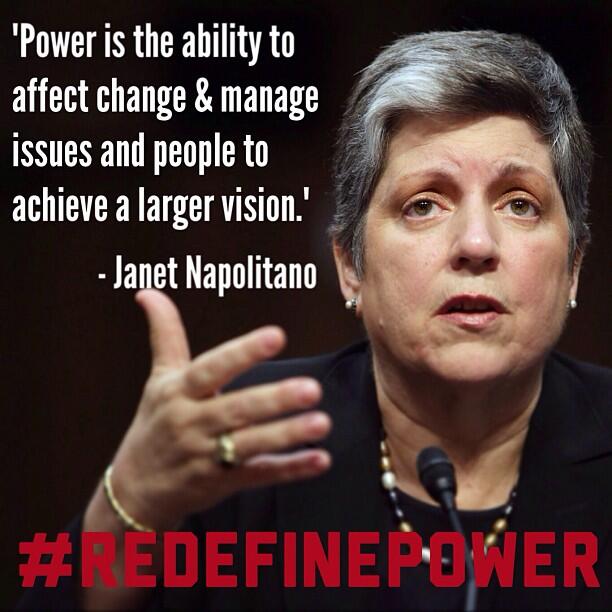Positive Leadership Limited is a strategic leadership and corporate finance advisory firm. We use our considerable experience to provide unique perspectives and innovative solutions which help corporate leaders unlock maximum value from complex business challenges. There is no dress rehearsal for delivering answers to critical business challenges. When you are under intense pressure to succeed, we help deliver the vitally important marginal gains which let your business excel and win.
Friday, May 31, 2013
Thursday, May 30, 2013
Positive Leadership: A Winning Mentality
Positive Leadership: A Winning Mentality
Wednesday, May 29, 2013
Tuesday, May 28, 2013
Positive Leadership: Who Wants to Lead a Large Corporation?
Why?
Positive Leadership: Who Wants to Lead a Large Corporation?

Monday, May 27, 2013
Positive Leadership: The Role of Business Education in 2013
Positive Leadership: The Role of Business Education in 2013
Friday, May 24, 2013
Positive Leadership: The Impact of Short Term Profitability Motives on Leadership Decision Making
Positive Leadership: The Impact of Short Term Profitability Motives on Leadership Decision Making

Thursday, May 23, 2013
Wednesday, May 22, 2013
Tuesday, May 21, 2013
Positive Leadership: Influencing Up
Bradford is the Eugene O'Kelly II senior lecturer in leadership (emeritus) at the Stanford Graduate School of Business. Allan R. Cohen of Babson College co-wrote the book.
Positive Leadership: Influencing Up
Monday, May 20, 2013
Positive Leadership: Why Britain Has Not Produced a Google or a Facebook
Positive Leadership: Why Britain Has Not Produced a Google or a Facebook

Friday, May 17, 2013
Positive Leadership: What Makes Us Feel Good About Our Work?
Contrary to conventional wisdom, it isn't just money. But it's not exactly joy either. It seems that most of us thrive by making constant progress and feeling a sense of purpose.
Positive Leadership: What Makes Us Feel Good About Our Work?
Thursday, May 16, 2013
Positive Leadership: How Culture Supersedes Vision
Positive Leadership: How Culture Supersedes Vision

Wednesday, May 15, 2013
Tuesday, May 14, 2013
Positive Leadership: Turning Pressure into an Asset
Positive Leadership: Turning Pressure into an Asset
Monday, May 13, 2013
Positive Leadership: The Importance of Failing
There has never been an individual who has eased his or her way through a bountiful life with any struggles at all. To truly become a winner, one needs to step out of a comfort zone–and experience what people consider ‘failure’ at some point.
At Positive Leadership we don’t see anything as a failure. If you gave your all in something and were able to learn, it becomes a valuable learning experience, not a failure.
With great effort and great enthusiasm, any individual has the ability to succeed in any field. Focus on the things you can control and stay true to a keen vision of where you see yourself. In doing that, you’ll never fail.
Michael Jordan was cut from his high school basketball team. Walt Disney was fired for “lacking imagination.” Oprah Winfrey was said to be “not fit for television.”
Remember, if you’ve never ‘failed,’ you’ve never tried anything new.
What will you become?
Positive Leadership: The Importance of Failing

Friday, May 10, 2013
Positive Leadership: The Meaning of Leadership Vision
- Who am I and why I am here
- Who are we and what do we stand for
- Where are we going and why
- Why we must change.
Positive Leadership: The Meaning of Leadership Vision

Thursday, May 09, 2013
Wednesday, May 08, 2013
Positive Leadership: Execution is Everything!
Positive Leadership: Execution is Everything!

Tuesday, May 07, 2013
Positive Leadership: It's Possible
 'PAIN IS TEMPORARY!
'PAIN IS TEMPORARY!It may last for a minute, or an hour, or a day, or even a year. But eventually it will subside and something else will take its place. If I quit however, it will last forever. I dare you to take a little pain. I dare you. I dare you not to go home. Somebody said "I feel bad, I'm gonna go home." Go through it. You’re not going to die!
At the end of pain is success. You’re not going to die because you're feeling a little pain. I'm not eating like I eat at home. That's why you're going to go to the next level, because if you ate like you ate at home, you're going to remain a boy or a girl. It’s time to become men and women. But I'm exactly where I want to be because I got to commit my entire being to this thing. I got to breath it, sleep it, eat it.
Until you get there, you'll never be successful in life. But once you get there, I guarantee you the world is yours. So work hard and you can have whatever it is that you want.'
Positive Leadership: It's Possible

Monday, May 06, 2013
Positive Leadership: Advice for #Entreprenuers in Building a #VC Friendly Business Model
Learn why the business model is a blueprint for planning, and then building, new businesses that include startups or a new line of business within an established company.
Positive Leadership: Advice for #Entreprenuers in Building a #VC Friendly Business Model
Friday, May 03, 2013
Positive Leadership: The Role of Sport in Facilitating Social Change
Positive Leadership: The Role of Sport in Facilitating Social Change
Thursday, May 02, 2013
Positive Leadership: Good Leadership and Good Performance - The Financial Facts
- A study in the Harvard Business Review (Bassi and McMurrer 2007) provides a strong link between leadership skills and the bottom line.
- The Institute for Strategic Change reports that the stock price of companies perceived to be well-led grew 900 per cent over 10 years versus 74 per cent for companies perceived to lack good leadership (2008).
- The Corporate Leadership Council estimates that employees working for good leaders put in 57 per cent more effort and are 87 per cent less likely to leave than those with poor leaders.
- The Hay Group study of 2012 demonstrated that the top 20 companies for leadership had a 36 times better shareholder return over a 5 year period than the companies with the poorest leadership.
- Murray Dalziel, Director of Liverpool Business School summarises: “There is incontrovertible evidence from the academic literature that leadership makes a difference. Across a wide range of industries about 15 per cent of the variance in performance can be directly attributed to CEO performance. This figure has been constant for over 25 years.”
Positive Leadership: Good Leadership and Good Performance - The Financial Facts

Wednesday, May 01, 2013
Positive Leadership: Winning Entrepreneurs
Positive Leadership: Winning Entrepreneurs





















